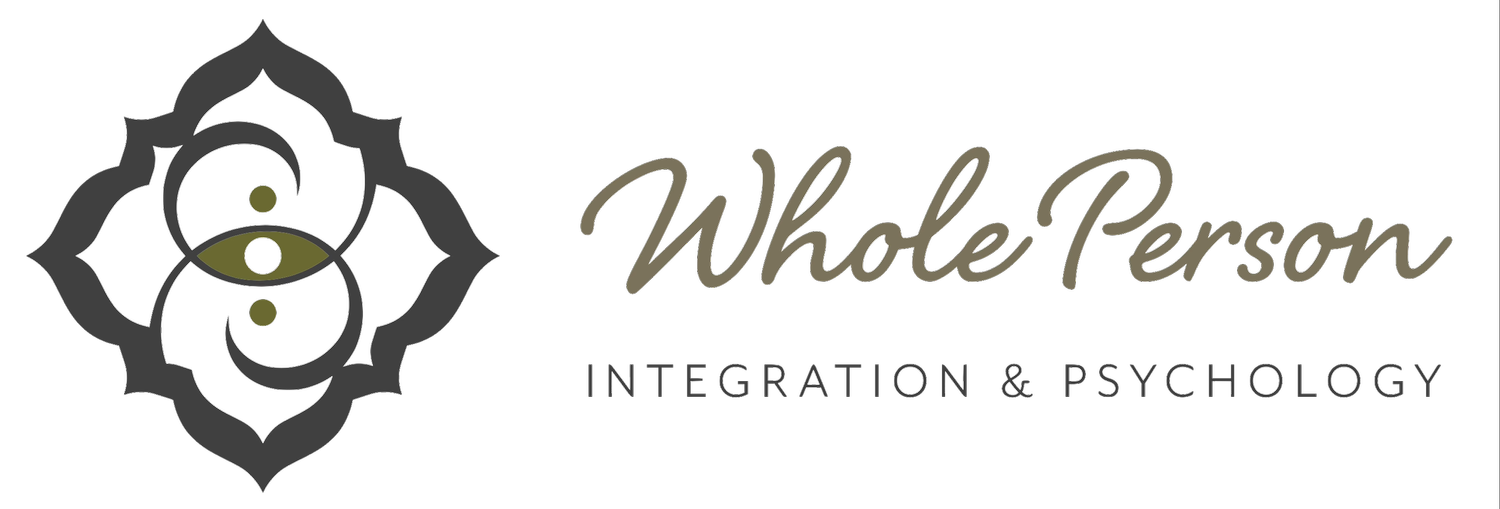Beyond the Binary: How Non-Heteronormative Sex Expands Pleasure and Connection for Everyone
by Dr. Denise Renye
In a world largely shaped by heteronormative expectations, where sex is often defined by penetrative acts between cisgender men and women, it’s easy to miss the vast and diverse possibilities for erotic expression, intimacy, and connection that exist outside that framework. But when we look to non-heteronormative sex, we discover a landscape rich with creativity, communication, attunement, and deep presence. And here’s the thing: you don’t have to identify as queer to benefit from what non-heteronormative sex has to teach.
At its core, non-heteronormative sex invites us to center pleasure, curiosity, embodiment, and mutual exploration instead of performance or goal-oriented scripts. It challenges rigid definitions of what “counts” as sex and opens the door to experiences rooted in authentic connection.
Moving Beyond the Script
The cultural script for sex is narrow. Often, it follows a linear and male-centered arc: arousal, penetration, orgasm. This script leaves little room for the full range of human eroticism, especially for those whose bodies, identities, and desires don’t fit neatly within it. Non-heteronormative sex disrupts this linearity. It invites us into a more circular, relational, and somatically-attuned understanding of pleasure that honors slowness, emotional intimacy, and the body’s signals.
When queer and trans folks make love, they are often creating something new, not simply reproducing what they were taught. Many were never shown expansive models of intimacy or were actively harmed by the ones they inherited. For some, this means not just inventing new ways of connecting but also healing from shame, disconnection, or trauma. Relearning how to relate on their own terms becomes part of the erotic and relational journey. In doing so, they often bring forward a depth of intentionality, consent, communication, and presence that all of us can learn from.
Pleasure as Expansive, Not Prescriptive
Non-heteronormative sex helps us unhook from rigid ideas of what bodies are supposed to do. It affirms that pleasure does not depend on specific anatomy or outcomes. People in queer and trans relationships often engage in a wide array of sensual and erotic practices like touch, breathwork, kink, energetic exchange, mutual masturbation, toys, massage, oral sex, and other forms of creative erotic play because they have to think outside the norm. What they’re creating is more than just adaptive—it’s revolutionary.
When we stop assuming what sex should look like, we open space to ask deeper questions: What feels good to me? How do I want to feel in connection with you? Where in my body is pleasure waking up? This is the root of embodied erotic liberation.
Decentering Gender Roles and Power Dynamics
In non-heteronormative sex, traditional gender roles are often less relevant, disrupted, or reimagined entirely. This can shift relational power in transformative ways. Instead of being confined to outdated roles like “the man leads” and “the woman receives,” partners can co-create experiences based on their actual desires and dynamic needs.
Even for cisgender heterosexual couples, loosening these scripts can bring more freedom, nuance, and authenticity to the bedroom and beyond. It invites couples to talk more openly about power, vulnerability, and pleasure and to explore a fuller range of giving and receiving.
Sex as Healing and Liberation
Non-heteronormative sex holds the potential for profound healing, especially for those who have been marginalized, pathologized, or silenced. For many queer and trans folks, reclaiming their sexuality is an act of resistance and a pathway to integration. There is deep beauty in sex that affirms the wholeness of one’s identity and body, especially when the world has tried to deny it.
This healing potential is not exclusive. When we allow sex to become a space of mutual honoring, attunement, and consent—not performance—we create the conditions for deeper intimacy and self-acceptance for all.
Everyone Benefits
Non-heteronormative sex isn’t other. It’s human. It’s real. And it offers wisdom that everyone can draw from, regardless of orientation or identity. Whether you’re queer, questioning, straight, or somewhere in between, there is power in expanding your erotic map beyond cultural norms.
Pleasure is not one-size-fits-all. It is as unique as each body, each relationship, each moment of connection. The more we let go of prescriptive expectations, the more possibility we create for erotic joy, emotional depth, and liberatory connection.
If you are ready to unlearn the script and explore what true intimacy and pleasure can look like on your terms, you do not have to do it alone. Working with a sex therapist who honors diverse identities and orientations can be a powerful place to begin.
Journal Prompts: Expanding Your Erotic Possibilities
What messages did I receive growing up about what "counts" as sex? How have those messages shaped my experiences and expectations of intimacy?
When do I feel most connected to my body during erotic experiences? When do I feel least connected? What sensations, rhythms, or conditions support that connection?
In what ways do I perform during sex or intimacy? Who am I performing for, and what would it feel like to let that go?

